September 16 stands as one of history’s most eventful days, witnessing the rise and fall of empires, groundbreaking discoveries, and moments that shaped our modern world across centuries of human achievement.

Politics and Government Events on September 16
1945 – Japanese Occupation of Hong Kong Ends
World War II officially concluded in Hong Kong as Japanese forces relinquished control of the British colony. The occupation had lasted nearly four brutal years, bringing immense suffering to the local population.
British colonial administration resumed immediately, beginning the complex process of rebuilding the devastated territory. The liberation marked a pivotal moment in Hong Kong’s journey toward becoming a major global financial center.
1955 – Military Coup Against Juan Perón Launched

Argentine military officers initiated a midnight coup against President Juan Perón, ending his controversial decade-long rule. The uprising reflected deep divisions within Argentine society over Perón’s populist policies and authoritarian tendencies.
The coup succeeded within days, forcing Perón into exile and dramatically altering Argentina’s political landscape. This event marked the beginning of decades of military intervention in Argentine politics.
1963 – Malaysia Federation Formed
The Federation of Malaysia emerged from the union of Malaya, Singapore, North Borneo, and Sarawak. This ambitious political experiment aimed to create a stable, multi-ethnic nation in Southeast Asia.
Singapore’s inclusion proved temporary, as political tensions led to its expulsion within two years. The federation’s formation nonetheless established Malaysia as a significant regional power.
1975 – Papua New Guinea Gains Independence
Papua New Guinea achieved full independence from Australia after decades of colonial rule. The new nation faced enormous challenges in unifying its diverse population and developing its economy.
Rich natural resources offered hope for prosperity, but geographical isolation and tribal divisions complicated nation-building efforts. Independence marked the end of Australia’s last major colonial responsibility.
1992 – Manuel Noriega Sentenced in United States

Former Panamanian dictator Manuel Noriega received a 40-year prison sentence for drug trafficking and money laundering. The trial concluded America’s controversial invasion of Panama three years earlier.
Noriega’s conviction demonstrated America’s determination to combat drug cartels and their political allies. The sentence effectively ended the career of one of Latin America’s most notorious strongmen.
Military and Naval History on September 16
1914 – Siege of Przemyśl Begins
Austrian and Russian forces clashed at the fortress city of Przemyśl in what became World War I’s longest siege. The strategic location controlled crucial railway lines between Austria-Hungary and Russia.
The fortress would change hands multiple times during the war, with devastating consequences for both armies. This siege exemplified the brutal attritional warfare that characterized the Eastern Front.
1940 – Italian Troops Conquer Sidi Barrani
Italian forces advanced into Egypt, capturing the strategic town of Sidi Barrani from British defenders. This victory marked the deepest Italian penetration into Egypt during World War II.
The triumph proved short-lived as British forces would soon launch devastating counterattacks. Italian military performance in North Africa consistently disappointed Mussolini’s imperial ambitions.
1943 – German Tenth Army Reports Salerno Crisis
German commanders acknowledged their inability to contain Allied forces at the Salerno beachhead. This admission signaled the beginning of Germany’s long retreat up the Italian peninsula.
The successful Allied landings opened a second front in Western Europe, forcing Germany to divert resources from other theaters. Salerno proved that Germany could no longer prevent Allied amphibious operations.
1955 – Soviet Submarine Launches First Ballistic Missile
A Soviet Zulu-class submarine achieved the historic first underwater ballistic missile launch. This technological breakthrough fundamentally altered naval warfare and Cold War strategic calculations.
The successful test demonstrated Soviet naval capabilities and nuclear delivery systems. This innovation sparked an underwater arms race that would define Cold War military competition.
Science and Discovery Milestones on September 16
1959 – First Successful Photocopier Demonstrated
The Xerox 914 photocopier made its television debut in New York City, revolutionizing office work forever. This live demonstration showcased technology that would transform business communications globally.
The machine’s success launched Xerox Corporation into corporate prominence and changed document reproduction fundamentally. Office workers worldwide would soon abandon carbon paper for quick, clean photocopies.
1961 – Hurricane Modification Experiment Conducted
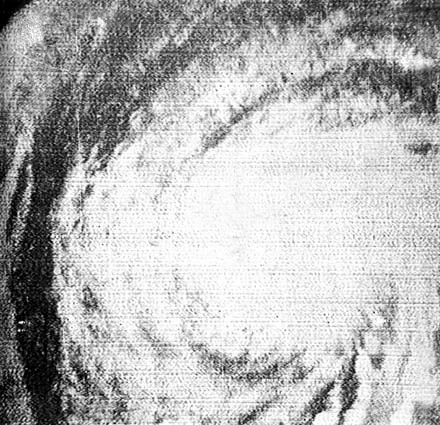
Scientists dropped silver iodide cylinders into Hurricane Esther’s eyewall, reducing wind speeds by ten percent. This experiment launched Project Stormfury, an ambitious weather modification program.
The successful test suggested humans might control nature’s most powerful storms. Later research revealed the complexities of hurricane dynamics exceeded early scientific understanding.
1961 – Pakistan Establishes Space Research Commission
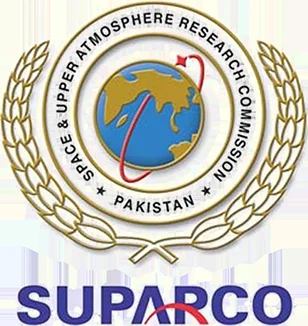
Pakistan founded its Space and Upper Atmosphere Research Commission under Nobel laureate Abdus Salam’s leadership. This initiative marked Pakistan’s entry into the global space race.
The commission would eventually develop satellite technology and launch capabilities. Pakistan’s space program reflected the nation’s scientific ambitions and strategic defense requirements.
1987 – Montreal Protocol Signed
Nations worldwide signed the Montreal Protocol to protect Earth’s ozone layer from destructive chemicals. This landmark environmental agreement demonstrated unprecedented global cooperation on climate issues.
The protocol successfully phased out ozone-depleting substances, becoming environmental diplomacy’s greatest success story. Scientific evidence convinced world leaders to act decisively against environmental threats.
Cultural and Arts Events on September 16
1966 – Metropolitan Opera House Opens at Lincoln Center
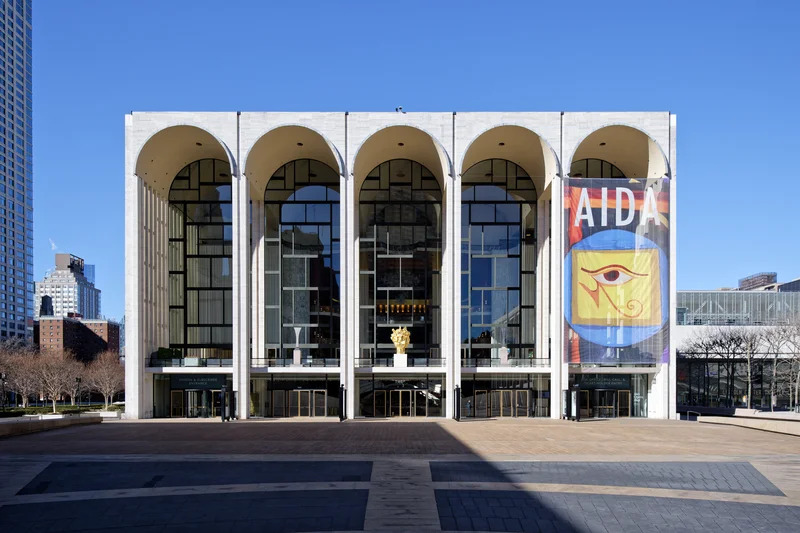
New York’s Metropolitan Opera House opened its doors at Lincoln Center with Samuel Barber’s “Antony and Cleopatra” world premiere. This architectural masterpiece became America’s premier opera venue.
The opening night attracted international attention and established Lincoln Center as a global cultural destination. The venue’s superior acoustics and grand design elevated American opera to new heights.
1956 – Australian Television Broadcasting Begins
TCN-9 Sydney became Australia’s first regular television broadcaster, bringing the medium to Australian homes. This historic transmission launched Australia’s television age and transformed entertainment culture.
The broadcast marked Australia’s entry into the global television era, connecting the continent with worldwide entertainment trends. Television would soon become the dominant medium for news and entertainment.
Religious and Social Events on September 16
1970 – King Hussein Declares War on PLO

Jordan’s King Hussein launched military operations against Palestinian Liberation Organization forces within his kingdom. This conflict, known as Black September, reshaped Middle Eastern politics.
The civil war resulted in thousands of casualties and Palestinian expulsion from Jordan. Hussein’s decisive action preserved his throne but intensified regional tensions.
1978 – Iranian Earthquake Devastates Tabas
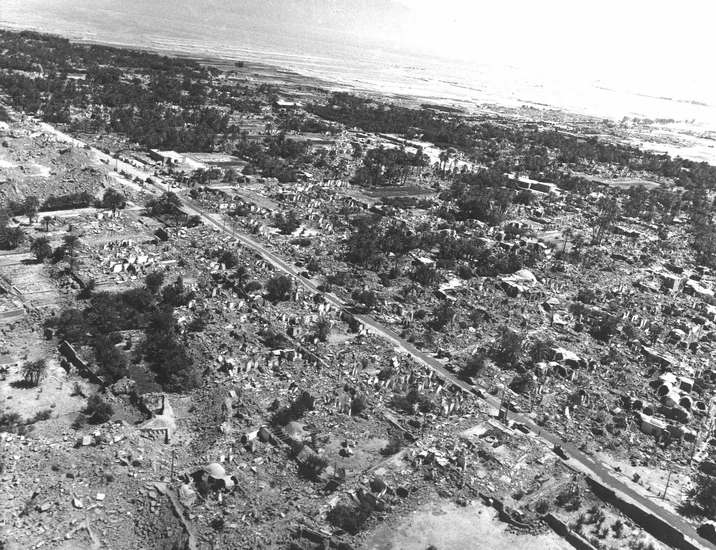
A magnitude 7.4 earthquake struck Tabas, Iran, killing at least 15,000 people and destroying the ancient city. The disaster highlighted Iran’s vulnerability to seismic activity.
International relief efforts struggled to reach remote mountain villages affected by the quake. The tragedy demonstrated the urgent need for earthquake-resistant construction in seismically active regions.
2022 – Mahsa Amini Dies in Police Custody

The death of Mahsa Amini in Iranian police custody sparked worldwide protests against authoritarian rule. Her death became a symbol of resistance against oppressive government policies.
The resulting demonstrations spread globally, inspiring movements for women’s rights and democracy. Amini’s death catalyzed international condemnation of Iran’s human rights violations.
Business and Economic Events on September 16
1908 – General Motors Corporation Founded
General Motors Corporation was established, beginning its journey to become America’s largest automaker. The company’s founding marked a pivotal moment in automotive industry development.
GM’s innovative management structure and mass production techniques revolutionized manufacturing worldwide. The corporation would dominate global automotive markets for decades.
1920 – Wall Street Bombing Kills 38

A horse-drawn wagon exploded outside the J.P. Morgan building, killing 38 people and injuring 400 others. This terrorist attack targeted America’s financial heart during a period of social unrest.
The bombing shocked the financial community and prompted enhanced security measures on Wall Street. The perpetrators were never identified, making it one of America’s first major terrorist attacks.
1992 – Black Wednesday Currency Crisis
Currency speculators forced the British pound out of the European Exchange Rate Mechanism, causing massive devaluation. This financial crisis cost the British government billions and damaged its economic credibility.
The crisis demonstrated the power of international currency markets over national monetary policies. Black Wednesday reshaped European monetary integration and British attitudes toward European Union membership.
Transportation and Infrastructure on September 16
1990 – China-Kazakhstan Railway Connection Completed
The transcontinental railroad linking China and Kazakhstan was completed at Dostyk, creating a vital Eurasian land bridge. This infrastructure project connected Asian and European markets directly.
The railway reduced shipping times between Asia and Europe significantly, boosting trade between continents. The connection represented growing economic cooperation between former Soviet republics and China.
1996 – Space Shuttle Atlantis Launches to Mir

Space Shuttle Atlantis launched on mission STS-79 to dock with Russia’s Mir space station. This mission demonstrated continued American-Russian cooperation in space exploration.
The docking facilitated crew exchanges and scientific experiments aboard the aging space station. The mission maintained international partnerships despite political tensions on Earth.
2007 – One-Two-Go Airlines Flight 269 Crashes
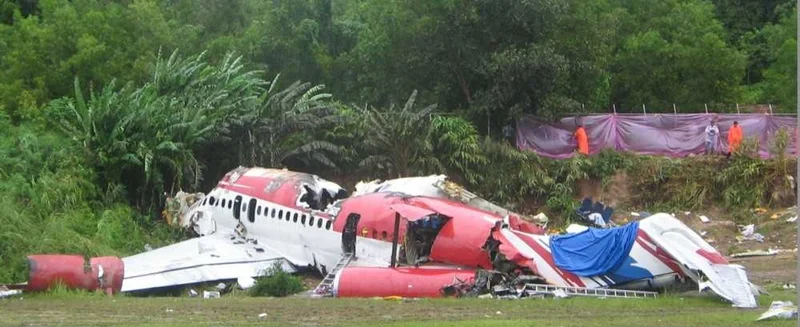
A commercial airliner crashed in Thailand, killing 90 of 130 people aboard during a difficult landing attempt. The accident highlighted aviation safety concerns in Southeast Asia.
Investigation revealed multiple factors contributed to the crash, including weather conditions and pilot error. The tragedy prompted enhanced safety protocols for regional airlines.
Sports and Recreation on September 16
1975 – Mikoyan MiG-31 Interceptor First Flight
The prototype MiG-31 interceptor completed its maiden flight, showcasing Soviet aerospace engineering capabilities. This advanced fighter aircraft represented cutting-edge military aviation technology.
The MiG-31’s superior performance characteristics established Soviet air superiority in certain combat scenarios. The aircraft’s development demonstrated continued Soviet military technological advancement.
1976 – Shavarsh Karapetyan Heroic Rescue

Armenian swimming champion Shavarsh Karapetyan saved 20 people from a trolleybus that crashed into Yerevan reservoir. His heroic actions demonstrated extraordinary courage and physical capability.
Karapetyan’s rescue efforts severely damaged his health but saved numerous lives. The incident made him a national hero and symbol of selfless bravery.
1979 – East Germans Escape in Hot Air Balloon
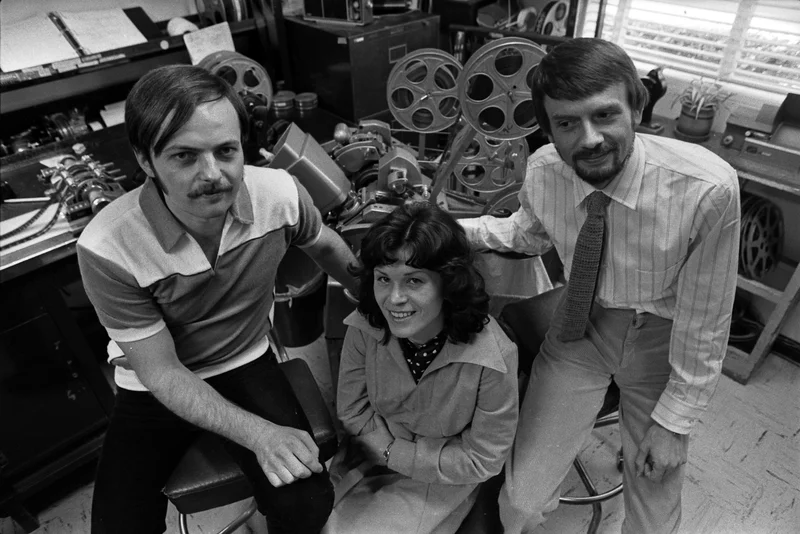
Eight East German citizens successfully escaped to West Germany using a homemade hot air balloon. This daring escape captured international attention and symbolized the desire for freedom.
The successful flight demonstrated ingenuity and desperation of those trapped behind the Iron Curtain. The escape inspired others to attempt similar daring flights to freedom.
Notable Births on September 16
1927 – Lee Kuan Yew Born

Singapore’s founding father Lee Kuan Yew was born, destined to become one of Asia’s most influential leaders. His childhood in colonial Singapore shaped his vision for the island nation’s future.
Lee would transform Singapore from a developing port city into a modern economic powerhouse. His pragmatic leadership style and economic policies became models for developing nations worldwide.
1928 – Lauren Bacall Born

American actress Lauren Bacall entered the world, beginning her journey to Hollywood stardom. Her distinctive voice and sophisticated style would define film noir glamour.
Bacall’s partnership with Humphrey Bogart both professionally and personally captivated audiences worldwide. She became an enduring symbol of classic Hollywood elegance and talent.
1924 – B.B. King Born

Blues legend B.B. King was born in Mississippi, destined to become the undisputed king of blues guitar. His rural upbringing exposed him to the authentic blues traditions of the American South.
King’s distinctive guitar style and emotional performances influenced generations of musicians across all genres. His career spanned decades, bringing blues music to international audiences.
1937 – Peter Falk Born

American actor Peter Falk was born, future star of the beloved television series “Columbo.” His distinctive acting style and memorable character portrayals entertained millions worldwide.
Falk’s portrayal of the rumpled detective Lieutenant Columbo became one of television’s most iconic characters. His performances earned critical acclaim and numerous awards throughout his career.
1948 – Marc Anthony Born

Salsa superstar Marc Anthony was born, destined to become one of Latin music’s biggest international stars. His musical talents would bridge cultural divides and bring Latin music to mainstream audiences.
Anthony’s powerful voice and passionate performances made him a global ambassador for Latin culture. His success opened doors for many other Latin artists in the international music industry.
1956 – David Copperfield Born
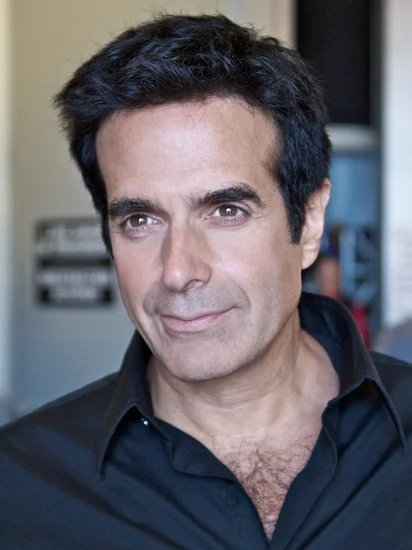
Master magician David Copperfield was born, future creator of impossible illusions and theatrical magic. His childhood fascination with magic tricks launched an extraordinary entertainment career.
Copperfield revolutionized magic performance with elaborate stage productions and television specials. His innovations elevated magic from simple tricks to sophisticated entertainment spectacles.
Notable Deaths on September 16
1977 – Marc Bolan Dies
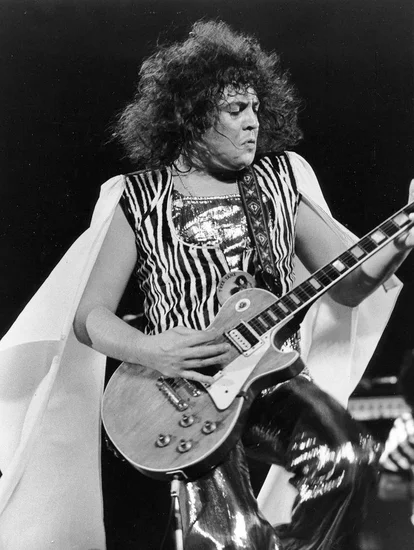
T. Rex frontman Marc Bolan died in a car accident, ending his influential glam rock career prematurely. His death shocked the music world and ended one of Britain’s most innovative bands.
Bolan’s electric guitar work and theatrical performances helped define the glam rock movement. His musical innovations influenced countless artists and shaped rock music’s evolution.
1977 – Maria Callas Dies

Legendary opera singer Maria Callas died in Paris, concluding one of classical music’s most celebrated careers. Her dramatic voice and powerful stage presence redefined opera performance.
Callas brought opera to popular audiences worldwide through recordings and television appearances. Her artistic legacy continues to inspire opera singers and classical music lovers globally.
1980 – Jean Piaget Dies
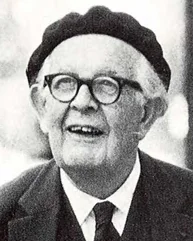
Swiss psychologist Jean Piaget died, leaving behind revolutionary theories about childhood cognitive development. His research fundamentally changed understanding of how children learn and grow.
Piaget’s developmental stages theory transformed educational approaches and child psychology. His work continues to influence modern teaching methods and child development research.
1984 – Richard Brautigan Dies
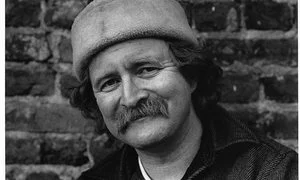
American novelist Richard Brautigan died, ending his influential literary career that captured 1960s counterculture. His unconventional writing style and surreal narratives defined experimental fiction.
Brautigan’s novels, particularly “Trout Fishing in America,” became cult classics among readers seeking alternatives to traditional literature. His work influenced numerous contemporary authors and poets.
2016 – Edward Albee Dies
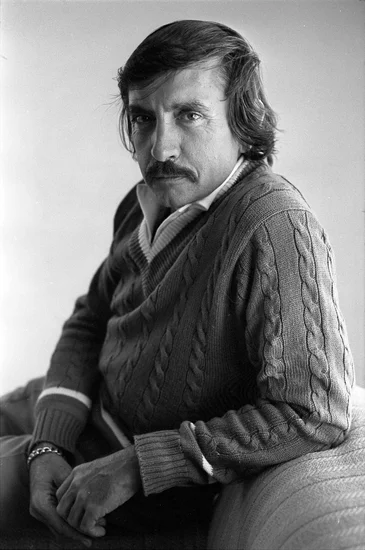
Playwright Edward Albee died, concluding a distinguished career that revolutionized American theater. His provocative plays challenged audiences and redefined dramatic storytelling.
Albee’s masterpiece “Who’s Afraid of Virginia Woolf?” remains one of American theater’s most powerful works. His contributions to drama earned him multiple Pulitzer Prizes and international recognition.
Holidays and Observances on September 16
Independence Day (Papua New Guinea)
Papua New Guinea celebrates its independence from Australia, achieved in 1975 after decades of colonial rule. The nation commemorates its sovereignty and cultural diversity through traditional ceremonies and modern festivities.
The holiday reflects the country’s journey from colonial territory to independent nation. Citizens celebrate their rich cultural heritage while acknowledging the challenges of building a unified nation.
International Day for Preservation of the Ozone Layer

The United Nations designated this day to raise awareness about ozone layer protection and environmental conservation. The observance commemorates the Montreal Protocol’s signing and its success in healing the ozone hole.
Environmental organizations worldwide use this day to educate people about atmospheric science and climate change. The holiday celebrates humanity’s ability to cooperate on global environmental challenges.
Malaysia Day

Malaysia commemorates the formation of the Malaysian federation in 1963, uniting diverse states and peoples under one flag. The holiday celebrates national unity while acknowledging the country’s multicultural heritage.
Malaysians participate in parades, cultural performances, and patriotic ceremonies throughout the country. The celebration emphasizes harmony among Malaysia’s various ethnic and religious communities.
